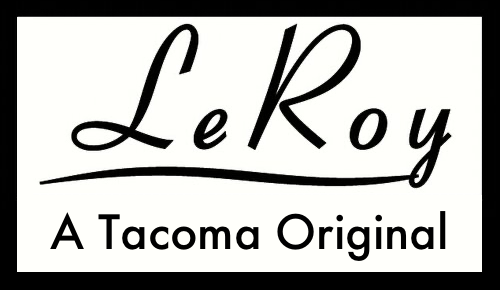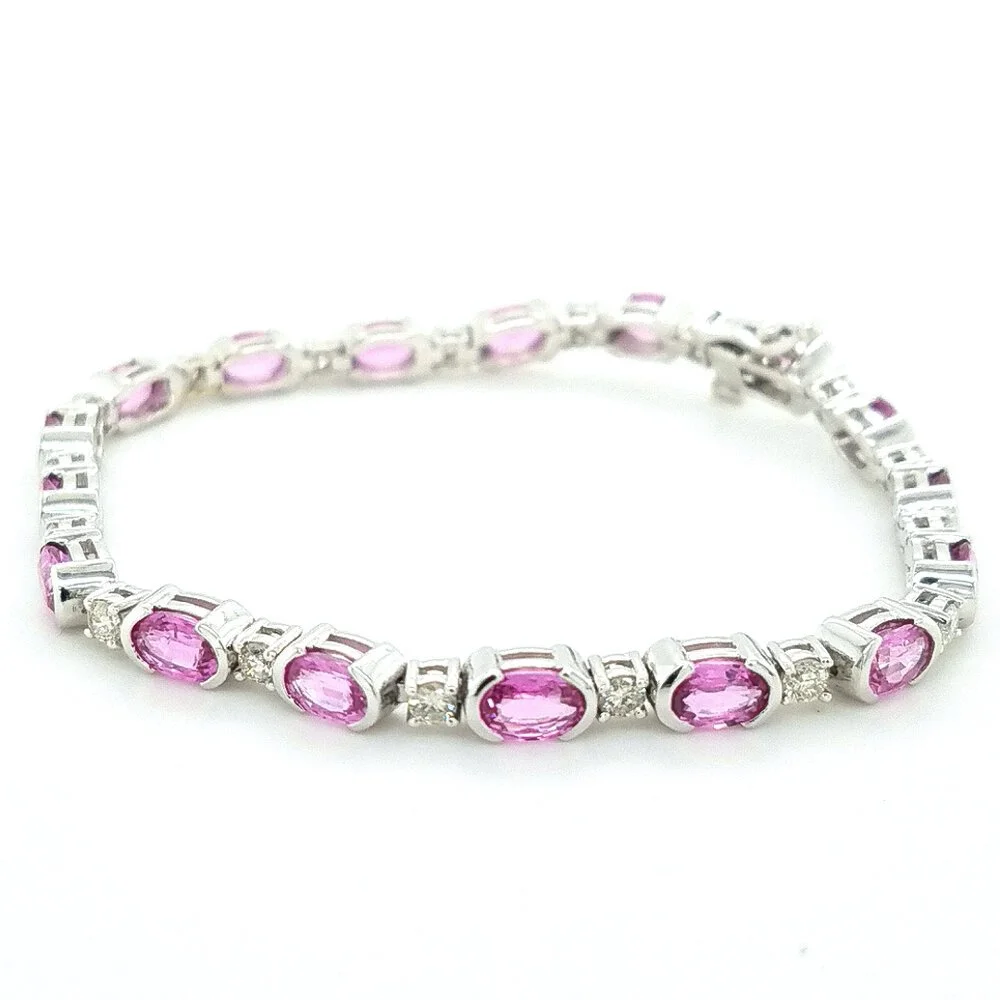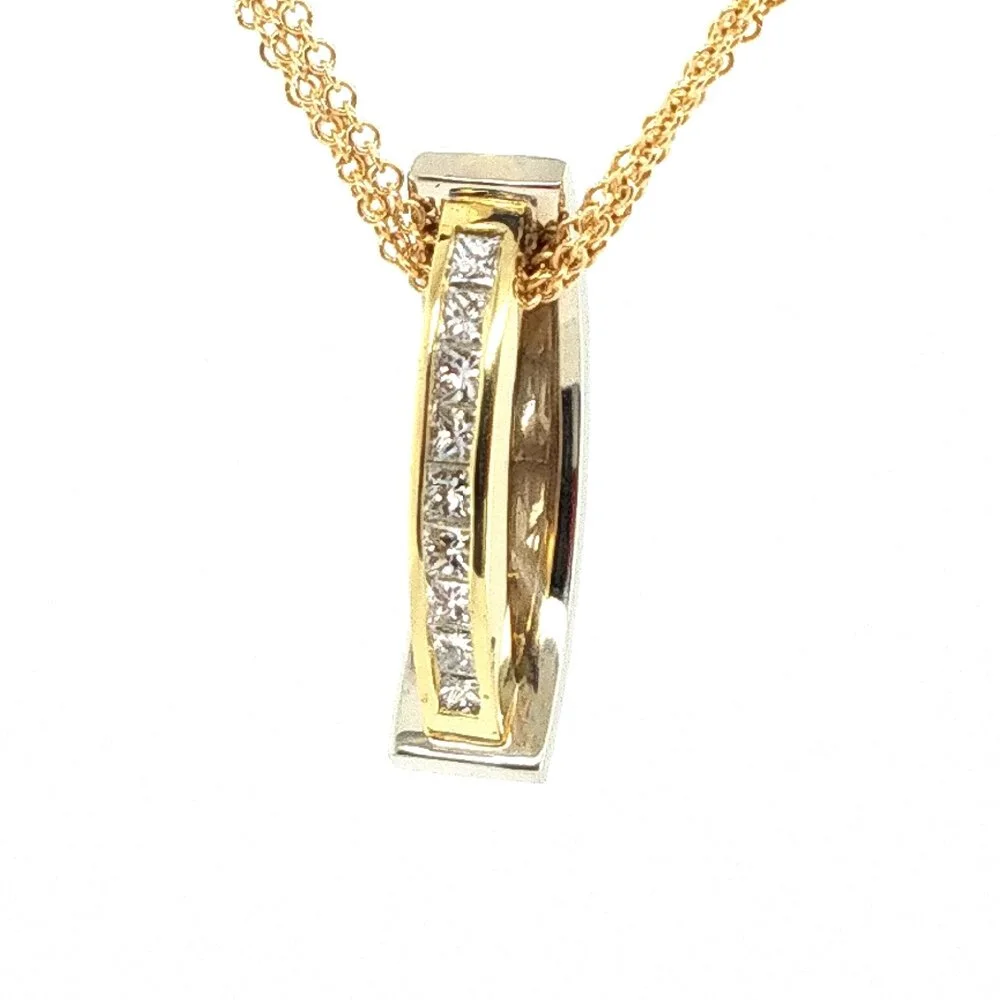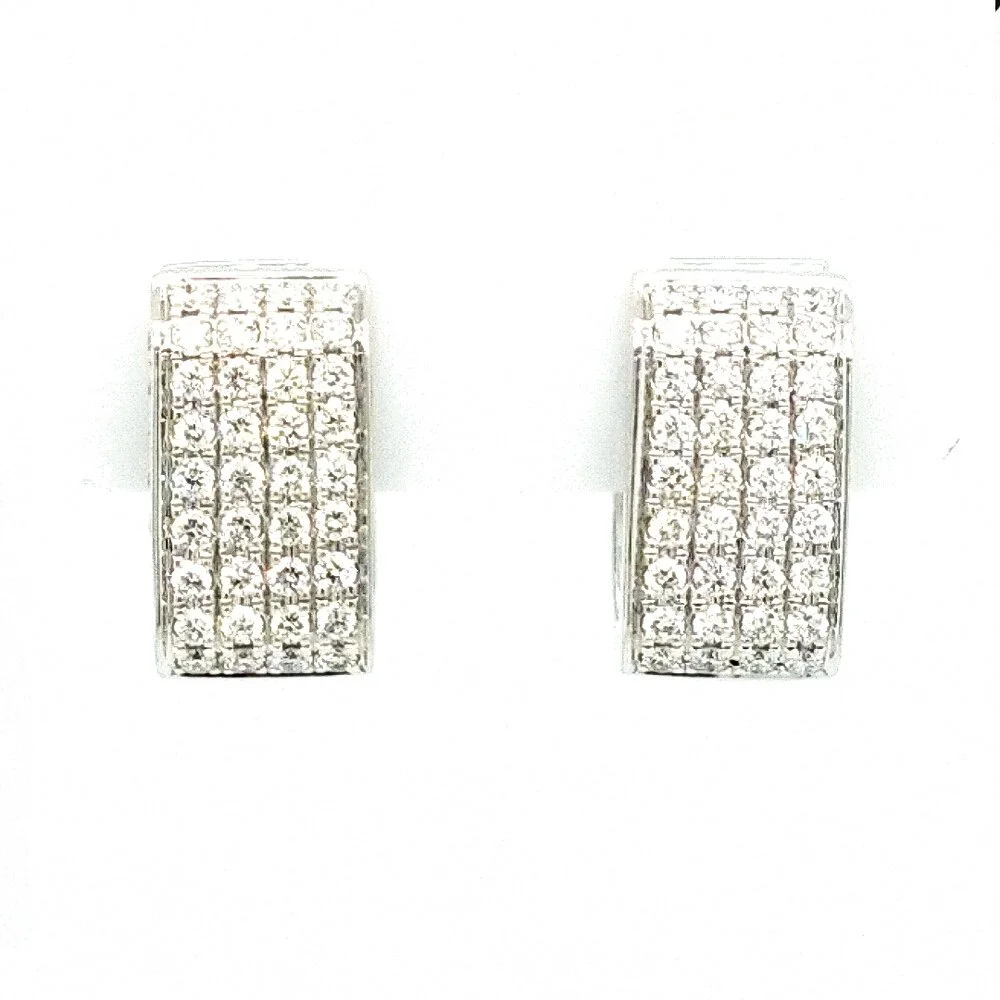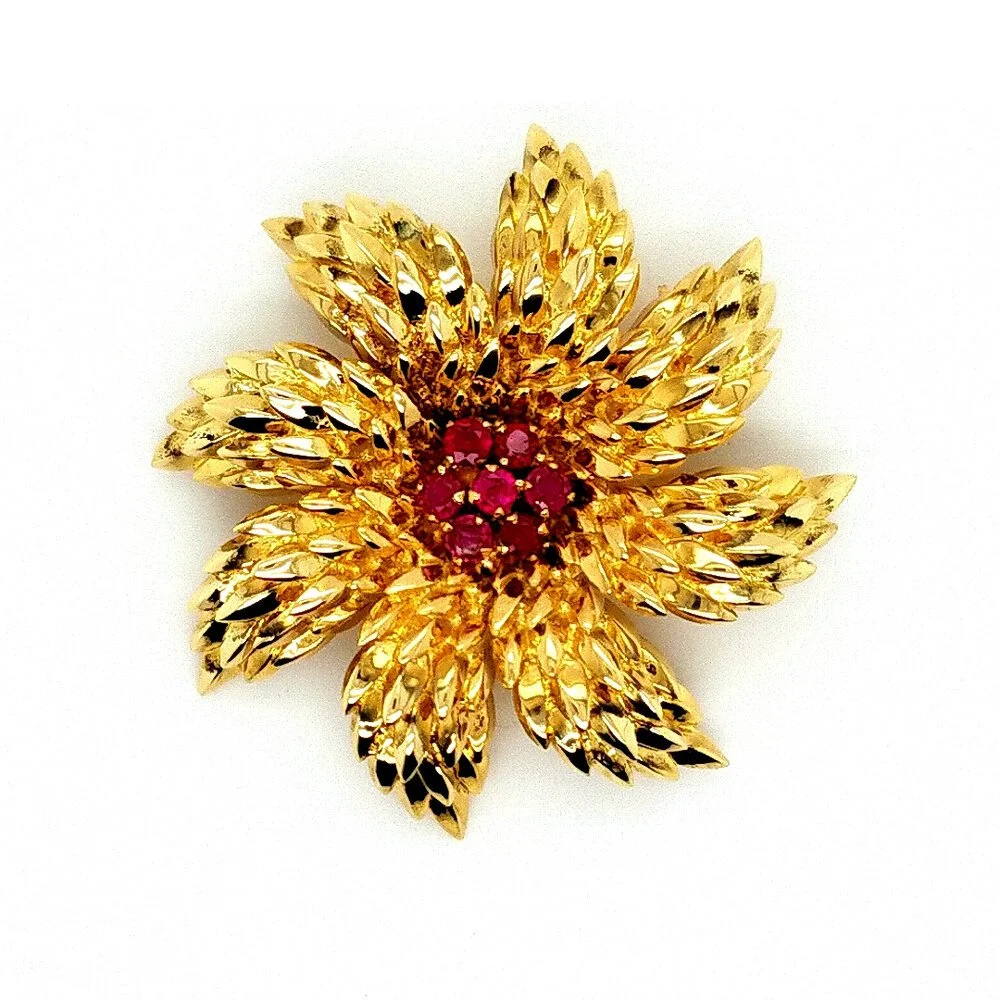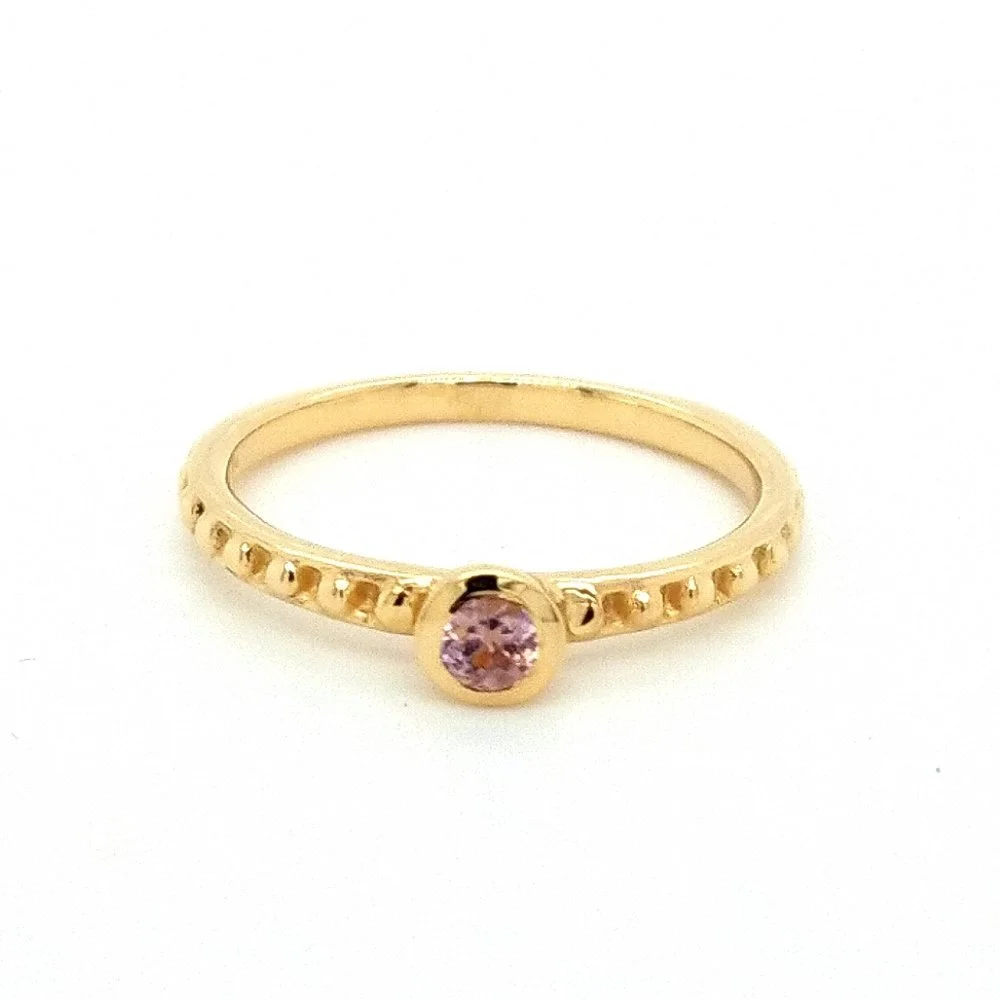Understanding Jewelry Ads
Shopping for jewelry can be intimidating. We are here to demystify the entire process for you, and this blog post is just a start.
Whether you are shopping online or you are browsing in person, all of the lingo of the jewelry world can get overwhelming. What’s a carat vs. a karat vs. a carrot? (Just kidding on that last one. Hopefully the jewelers you’re visiting aren’t trying to sell any carrots but you never know these days.)
This is just a little “cheat sheet” to stick in your back pocket when you start your jewelry search, whether you’re shopping for diamonds, pearls, gold, silver--whatever you hope to put in your treasure chest!
Dealing with Diamonds
Carat with a “c” describes the weight of a diamond.
One carat = one hundred points, so diamonds under 1 carat are described in fractions or "points." 1/2 ct = .50 ct or fifty points, 1/4 ct = .25 or twenty-five points, 1/10 ct = .10 or ten points and 1/100 ct = .01 or one point.
Total weight or total carat weight refers to the weight of all diamonds in the piece or sometimes in the set. For instance, that gorgeous pair of diamond earrings with a 1/2 ct. t.w. means that each earring has one 1/4 ct diamond. Or, that 1/2 carat total weight could be made up of 50 one-point diamonds or 100 half-point (almost invisible) diamonds.
Invisible set diamonds are gems which have no apparent means of support. No prongs show in the piece so the item looks smooth, brilliant and beautiful. However, when the diamonds become loose - and they often do - repairing them can be difficult and costly.
Golden Facts: What to Know When Shopping for Gold
Karat with a “K” or “k” describes the purity of gold. The higher the number, the higher the purity, the brighter the yellow-orange color and the softer the metal. Pure gold is 24K. 14K means 14 parts out of 24 parts are pure gold. Most gold jewelry in this country is 14K or 18K, but you will often find 10K as well. In 2018, the Federal Trade Commission changed it’s guidelines for what can legally be called gold in the United States. Any item containing even 1% gold can be called “gold,” but the quality of that gold must be indicated by an accurate quality mark.
Gold plated is a thin layer of gold which has been electrically applied to another metal, often brass. Vermeil is gold plated on sterling silver.
Gold filled is a thin layer of gold fused to another metal. This is a more durable treatment than gold plating. 5% of the weight of a gold-filled piece must be gold.
The thickness of a coating may be indicated by a number. Gold-filled jewelry must have 5%, or 1/20th of its weight in gold.
Plating and filling give a lovely look and might last for years, but depending on how much it is worn, the gold will wear off over time.
Abbreviations to Know When Shopping for Jewelry
ct = carat (gemstone weight)
g.p. = gold plated
g.f. = gold filled
FWCP = freshwater cultured pearl
k = karat (gold quality)
ss = sterling silver
t.w. = total weight of gems
c.t.w., t.c.w. = total carat weight of gems
wg = white gold
yg = yellow gold
Plat or 10% Irrid Plat = platinum
g.f., l.g.f. = glass filled or lead-glass filled, a treatment found in less costly rubies and sapphires. Great look but not durable and requires very careful care. (Keep it away from the salad dressing. The acid in salad dressing will cause the stone to appear like a spider has taken up residency inside.)
***
And there you have it! If you are new to shopping for jewelry, this guide will make the task at hand a bit less daunting.
If you would like to see examples of many of these terms at work, visit our online shop. And if you’re shopping for jewelry and need advice, we’re happy to help. You can learn more about how to reach out to us here.
